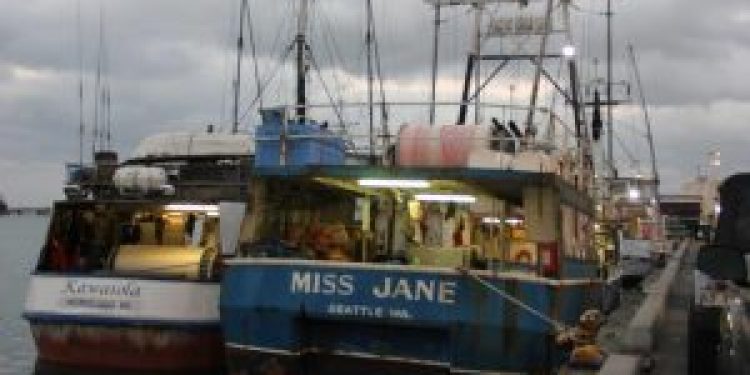The National Marine Fisheries Service (NMFS) has announced its intent to prepare a Programmatic Environmental Impact Statement (PEIS) to analyse the environmental impacts of US Pacific Island deep-set tuna longline fisheries managed under the Fishery Ecosystem Plan for Pelagic Fisheries of the Western Pacific (Pelagic FEP) and other applicable laws.
The PEIS will be developed in coordination with the Western Pacific Fishery Management Council (Council), which develops, monitors, and amends the Pelagic FEP.
‘The PEIS is a proactive step in the management of deep-set tuna longline fisheries,’ said Council Executive Director Kitty M. Simonds. ‘It streamlines environmental review for future management decisions and facilitates the ability of fisheries to adaptively respond to changing conditions.’
A series of public meetings are being held in Honolulu, Utulei, Pago Pago, Susupe in the Commonwealth of the Northern Mariana Islands (CNMI) and at Mangilao in Guam.
The public is invited to comment on issues that NMFS should address in the draft PEIS related to management of the deep-set tuna longline fisheries. This will assist NMFS and the Council in determining the scope of the environmental issues and in developing a reasonable range of fishery management alternatives to analyse in the draft PEIS.
Deep-set tuna longline fisheries authorised under the Pelagic FEP are based in Hawaii, the US West Coast, American Samoa, Guam and the CNMI and target tunas deeper than 100 metres. The primary fleets are in Hawaii and American Samoa. Access to the Hawaii longline fisheries is limited to 164 vessels, of which about 140 are typically active. Most vessels with Hawaii longline permits are based in Hawaii, and about 10 operate from West Coast ports. Access to the American Samoa deep-set tuna fishery is limited to 60 permits. Historically, a few deep-set tuna longline vessels operated out of Guam and the CNMI, but these fisheries have been inactive since 2011.









